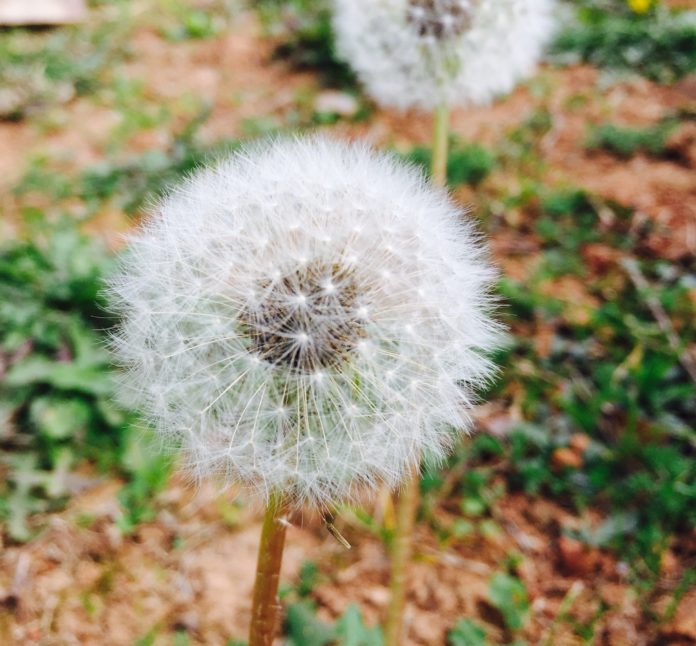Weeds are invasive plant species that often interfere with agriculture. They take advantage of healthy soil and steal valuable fluids and nutrients from crops, making the harvest less nutritious and thus less beneficial. Here are some ways to stop weeds from robbing crops and maintain a healthy food supply.
Let Your Soil Develop in the Spring
Inexperienced farmers and gardeners often till their soil in the early spring before it gets warm and dry enough. This mistake churns up thousands of dormant weed seeds, effectively ensuring their future growth. Frequent tilling during the spring also breaks down the soil structure, eliminating air channels that plants need to gather nutrients and recover from the long winter.
Instead of chewing up the soil, let it develop during the early spring until it shows signs of prosperity again. Give your plants the chance to overcome the dormant weeds and establish a foundation for a successful growing season.
Apply a Pre-Emergent Solution
A pre-emergent herbicide stifles weed growth and helps crops grow in peace. Apply the solution after your first cultivation before the weeds get a chance to germinate, then give the soil a good watering to activate the chemicals. Water allows the herbicide to flow down to the weeds’ seeds and roots, eliminating the problem at its source.
Herbicides and other pre-emergent solutions play significant roles in the global fight against invasive species that harm our crops. They’ve assisted in developing poor agrarian regions and helped cut back on food waste, one of the major problems facing the modern world. However, you should use them in moderation and rely primarily on natural solutions.
Add Mulch to the Mix
Mulch is a fantastic natural solution that prevents weed growth. Apply a thick layer of at least two inches (without harming the bases of individual plants). This layer helps the soil retain moisture, smothers live weeds, and makes the environment less appealing for weed seeds. Weeds tend to take the path of least resistance when finding a place to grow, and mulch adds another layer of resistance.
We suggest using natural mulch and organic soil mixtures with beneficial microorganisms instead of inorganic products. While inorganic mulches last longer, they don’t contribute to nutrient-rich soil. Natural mulches such as shredded bark, pine needles, wood chips, and compost promote a natural and healthy growing environment.
Pull When Wet, Hoe When Dry
You must also time your weed pullings correctly. As a general rule, pull when wet and hoe when dry. Weeds are easiest to remove when the soil is damp and malleable. Slice each weed below the soil line with a sharp tool to get the entire root system. Let the weed-heavy areas dry up, and use a soaker hose to exclusively water your plants.
This process effectively creates a controlled drought in certain patches of soil. Once the problematic areas show no signs of weed growth, you can till them and let your plants re-establish themselves as the dominant species.
Implement Post-Harvest Weed Control
Don’t give weeds the chance to settle and become dormant. Instead, do damage control for weeds postharvest to ensure your soil’s long-term health in the upcoming winter and spring. After all, agriculture isn’t a seasonal job. It takes 365 days a year to yield healthy crops. You can do two things in the fall: use herbicides and plant a cover crop.
You have to time your herbicide usage carefully. Give the weeds at least a month to sprout leaves, but don’t wait too long. You want to apply the herbicide in warm weather before frost becomes a significant factor. This process, often called a “burndown,” kills the remaining weeds and lets you start with a clean slate the following spring. You can do a burndown more than once, if necessary.
After the burndown, plant a cover crop to take up space and prevent weed seeds from re-occupying the soil. Clover, ryegrass, buckwheat, and other plants with dense root systems work best because they use all the water, light, and nutrients. When spring arrives, you can use them as organic materials to mix with the rest of the soil.
Eliminate Weeds to Let Your Crops Prosper
Weeds are stubborn and strong, so you need to implement year-round agriculture practices to minimize their influence and preserve the soil’s nutrients for your crops. Let your soil develop before breaking ground in the spring, use herbicide and mulch to stifle the weeds, and pull the pesky plants at the right time.
When the harvesting season is over, start preparations for next spring with a burndown and plant some cover crops. These factors will prevent weeds from settling during the winter and set your land up for success the following year. Eliminate weeds at their source, and let your crops prosper!
 Bio:Jane is an environmental writer and the founder and editor-in-chief of Environment.co where she covers sustainability and eco-friendly living.
Bio:Jane is an environmental writer and the founder and editor-in-chief of Environment.co where she covers sustainability and eco-friendly living.









